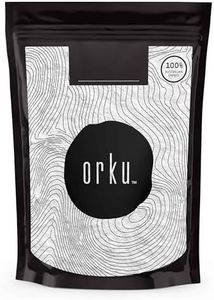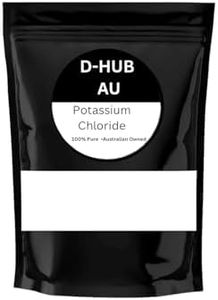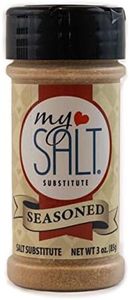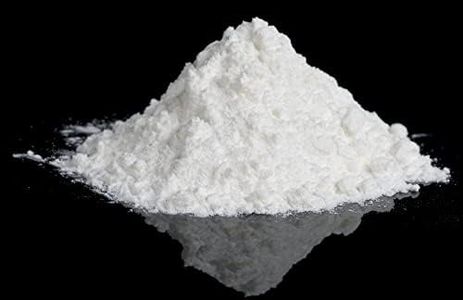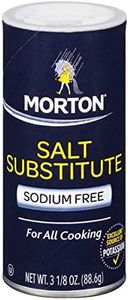We Use CookiesWe use cookies to enhance the security, performance,
functionality and for analytical and promotional activities. By continuing to browse this site you
are agreeing to our privacy policy
7 Best Salt Substitutes
From leading brands and best sellers available on the web.Buying Guide for the Best Salt Substitutes
Choosing a salt substitute is a smart move for those looking to reduce their sodium intake, especially if you have high blood pressure, kidney issues, or simply want to eat healthier. With so many options available, it’s important to focus on ingredients, how the substitute tastes, and its suitability for your specific health or dietary needs. Understanding the key specs behind salt substitutes will help you find a product that mimics saltiness, works well in your favorite dishes, and fits your health goals.Main IngredientThe main ingredient in a salt substitute determines the flavor and effect on your body. Most common salt substitutes use potassium chloride instead of sodium chloride (table salt). This is important because potassium can help lower blood pressure, but too much potassium may not be safe for people with kidney problems or those on certain medications. When choosing, check the label to see if it’s primarily potassium chloride, a blend with magnesium, or herbs and spices. Choose potassium based if your doctor approves, or opt for herbal blends if you're concerned about mineral intake.
Flavor ProfileHow a salt substitute tastes can vary a lot—some try to closely mimic the salty flavor of regular salt, while others bring new herbal or savory notes. This matters because you want something you’ll actually enjoy eating. Potassium-based salts can sometimes taste bitter or metallic, while herb-based substitutes may add new flavors to your food. If you want something very similar to table salt, look for products labeled as ‘salt-like’ in taste, but if you’re open to experimenting, herbal blends can bring variety to your cooking.
Sodium ContentThe main reason for choosing a salt substitute is to lower sodium intake, which helps with blood pressure and heart health. Check the nutrition label for the actual sodium content per serving, as some substitutes mix sodium with other minerals and may not be sodium-free. If you have to restrict sodium strictly (like for medical reasons), choose substitutes labeled ‘sodium-free’ or ‘no sodium added.’ If you just want to cut down, a ‘reduced sodium’ option may still fit your lifestyle.
Usage VersatilityA salt substitute should ideally work in multiple cooking scenarios, from sprinkling on finished dishes to blending in recipes. Some blends dissolve easily, while others are better as table toppers. Think about how you usually use salt—if you need it mostly for cooking, select a fine, easily dissolvable variety. For sprinkling on finished foods, look for granulated or shaker-friendly options. Your main cooking style and the kinds of dishes you make should guide this choice.
Health Warnings/InteractionsSalt substitutes can affect health conditions, especially kidney problems or those taking certain medications that affect potassium levels. This spec matters because a wrong choice could be harmful rather than helpful. Always read package warnings about potassium, and when in doubt, check with a healthcare professional before making your pick. If your doctor has told you to avoid potassium, stick with herbal or completely non-mineral blends.
